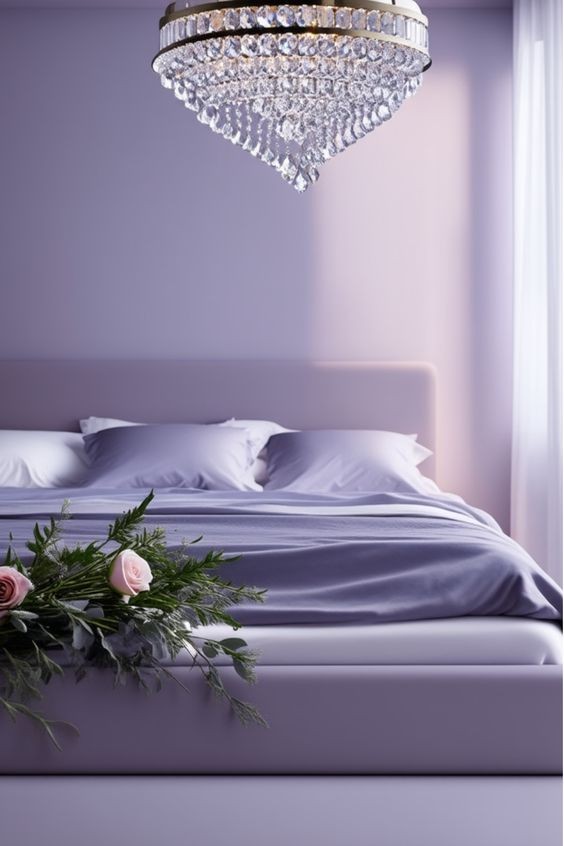Optimize Your Small Bedroom with These Brilliant Paint Color Combinations
Designing a small bedroom presents unique challenges and opportunities, particularly when it comes to selecting paint colors that can enhance the perception of space. The strategic use of color can significantly impact how a room feels and functions, making it essential to choose combinations that optimize both visual appeal and functionality. Here, we explore various paint color combinations that are particularly effective in maximizing the potential of a small bedroom.
1. Light Neutrals for an Expansive Feel
Light neutral colors, such as soft whites, light grays, and beige tones, are fundamental in creating an illusion of space. These colors reflect natural light more effectively, which can make a small room appear larger and more open. A monochromatic scheme using various shades of a single light color can further enhance this effect, providing a seamless and airy feel to the room.
2. Cool Tones to Expand Perception
Cool tones, including shades of blue, green, and lavender, tend to recede visually, which can make a space feel more expansive. For example, a pale blue or soft mint green on the walls can create a calm and open atmosphere, ideal for a small bedroom. These colors not only contribute to a serene environment but also help in visually pushing the boundaries of the room.
3. Contrasting Accents for Depth
Incorporating contrasting accent colors can add depth and dimension to a small bedroom. A popular approach is to use a light color on the majority of the walls while applying a darker hue to one accent wall. This technique adds visual interest and creates a focal point, which can make the room feel more dynamic without overwhelming the space. For instance, pairing a soft gray with a charcoal accent wall can create a sophisticated and balanced look.
4. Warm Tones for Cozy Atmosphere
While warm tones, such as beige, taupe, and soft yellows, are generally used to create a cozy atmosphere, careful selection and application can prevent the room from feeling cramped. Opting for lighter shades of warm colors can still impart a sense of warmth without making the space feel enclosed. These colors can be complemented with white or light-colored trims to maintain a sense of openness.
5. Monochromatic Schemes for Uniformity
A monochromatic color scheme, where various shades of a single color are used, can contribute to a sense of continuity and cohesiveness in a small bedroom. This approach reduces visual clutter and helps maintain a unified look, which can enhance the perception of space. For example, using different shades of pale gray or beige on walls, ceilings, and trim can create a seamless, elegant effect.
6. Bright Whites to Maximize Light
Bright whites and off-whites are highly effective in maximizing light and creating a spacious feel. These colors reflect light more efficiently, which can enhance the overall brightness of a small room. For an added touch of sophistication, consider incorporating white with subtle undertones, such as ivory or alabaster, to avoid a stark and sterile appearance.
7. Color Blocking for Visual Interest
Color blocking involves using distinct color blocks to create patterns or zones within a room. This technique can be particularly effective in small spaces to delineate different areas and add visual interest. For instance, painting the lower half of the walls in a deep, rich color while leaving the upper half in a lighter shade can create a sense of height and separation.
8. Glossy Finishes for Reflective Light
Utilizing glossy or semi-gloss finishes on paint can enhance the reflective quality of the walls, contributing to a brighter and more open space. Glossy finishes are especially effective in small bedrooms as they can bounce light around the room, reducing the perception of clutter and enhancing the overall luminosity.
Conclusion
Optimizing a small bedroom with effective paint color combinations involves a strategic approach to color selection and application. By employing light neutrals, cool tones, contrasting accents, warm hues, monochromatic schemes, bright whites, color blocking, and glossy finishes, you can create a visually appealing and functional space. These techniques not only enhance the aesthetic quality of the room but also contribute to a more spacious and comfortable living environment.
#smallspacedesign #colorcombinations #bedroommakeover #interiordesign #homedecor #painttips #roommakeover #colortricks






